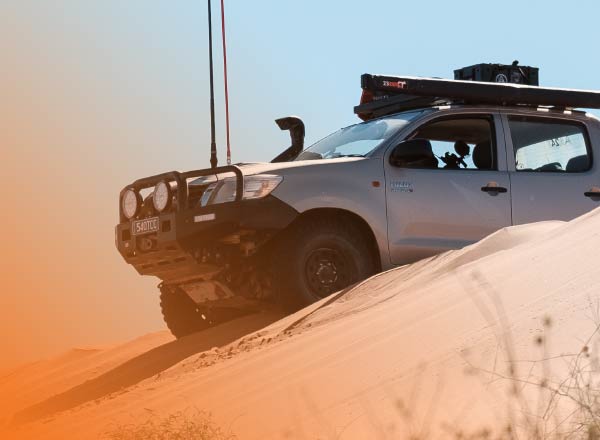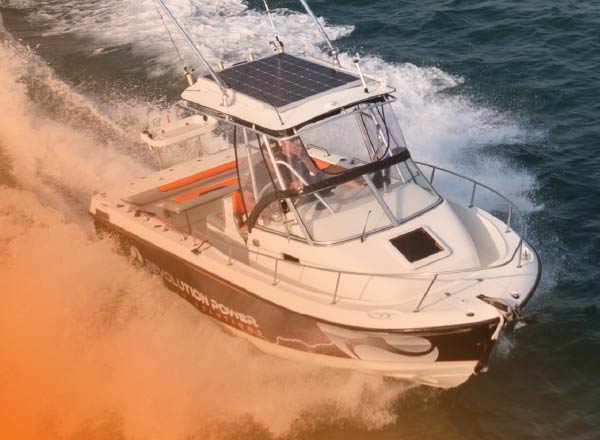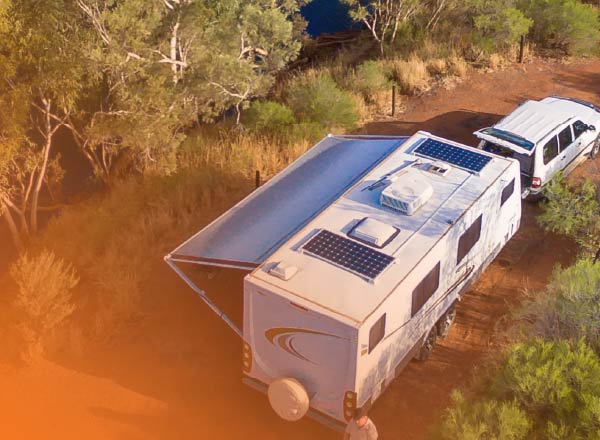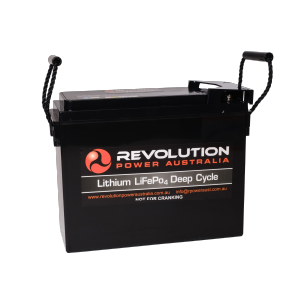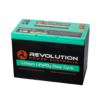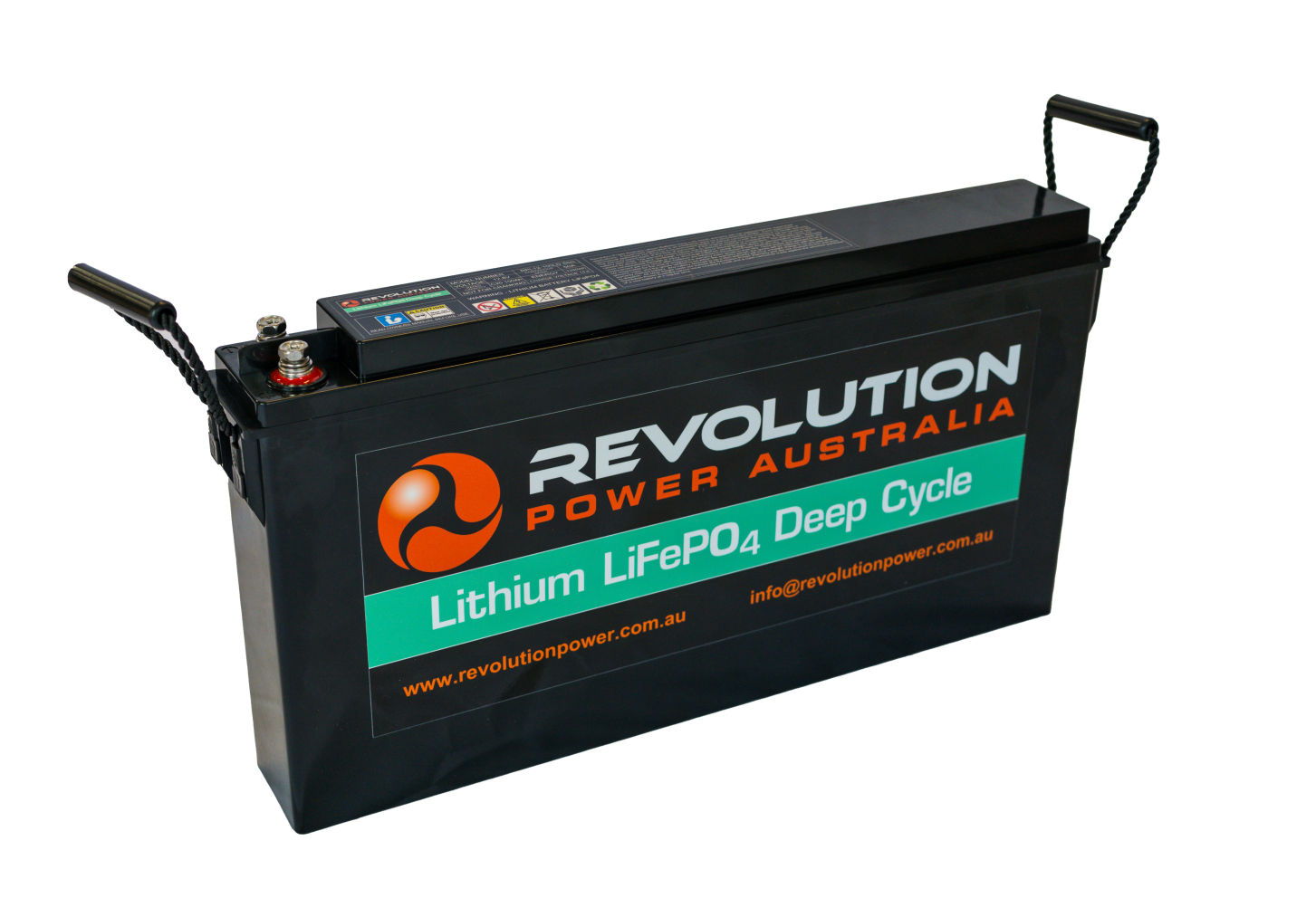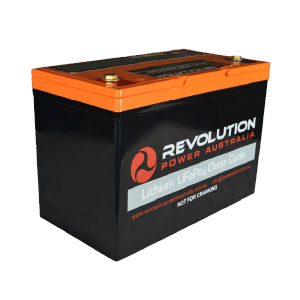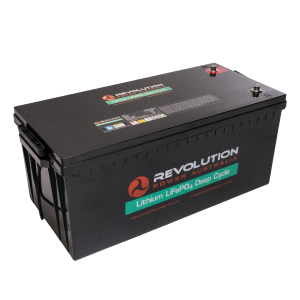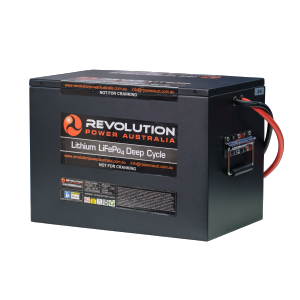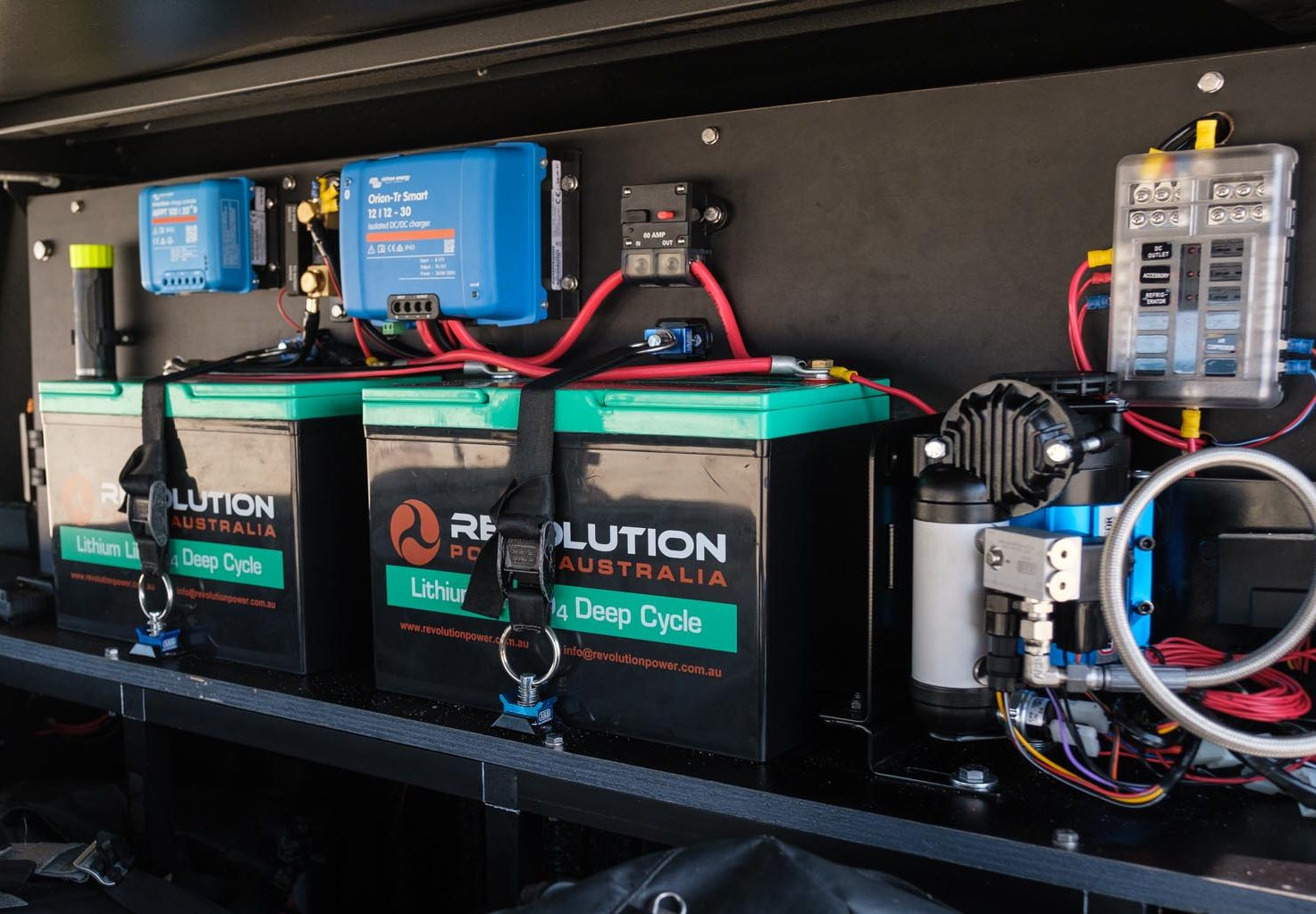
Revolution LiFePo4 Lithium Batteries
Frequently Asked Questions
Here are a few commonly asked questions from our past and present customers. Remember to let us know if you have a question, please let us know.
Our head office and warehouse facility in Brisbane, Australia, allows us to provide quick and efficient service nationally and internationally. We provide support via email, phone and on-site, as required. Please don’t hesitate to call for further information or technical support about our range of products and solutions.
LiFePO4 Lithium Battery FAQs
Yes…
All traditional batteries have their own charge rate and Lithium is no different. Pairing a LiFePO4 Lithium battery with the correct charger and charge rate ensures the cells are charged effectively. If a LiFePO4 Lithium battery is not charged at its specific optimum charge rate, it will adversely affect the cycle life of the battery.
We recommend and personally use RedArc and Victron products, but there are other alternatives as well…
- RedArc
- Victron
- Master Volt
- TBS
- CTEK
- Sterling
If there are any questions regarding charger models and compatibility, just let us know and we will be happy to help.
No…
Lithium batteries cover a broad range of Lithium chemistries, such as LiFePo4, LiCoO2, LiMn2O4, etc…
-
- Lithium Iron Phosphate (LiFePO4) deep cycle batteries for dual battery systems, caravans, off grid systems, etc. Good thermal stability (not explosive).
- Lithium Cobalt Oxide (LiCoO2) smart phones, laptops, hover boards, rc cars Low thermal stability (catch fire/explosive).
- Lithium Manganese Oxide (LiMn2O4) power tools high charge promotes thermal runaway (catch fire/explosive).
- Lithium Nickel Manganese Cobalt Oxide (LiNiMnCoO2) Ebikes, medical devices and power trains in vehicles high charge promotes thermal runaway (catch fire/explosive).
Yes…
Revolution Power Australia’s internal battery management system is designed to equalize and balance the cells. It will also turn the battery off if the voltage is too low, too high or short circuits.
As with any battery, LiFePO4 batteries suffer when they are over-charged or over-discharged. An inbuilt BMS is critical to provide under and over voltage protection and balance the cells. Without an in-built BMS, the cells may discharge to 100%, or become unbalanced over time, which will adversely affect the cycle life of the LiFePO4 Lithium battery.
Yes…
The Battery Management System (BMS) inside Revolution Power Australia’s batteries is one of the most robust BMS’ on the market and as such handles the balancing of the cells with in the batteries allowing them to be used in parallel.
The Revolution Power Lithium battery’s internal management system (BMS) has a 100A continuous draw with a 2-4 sec peak of 400A. This equates to using a 1000W inverter or appliance that will max out that inverter size. If bigger inverters are required, we recommend paralleling batteries to create a bigger bank/draw. i.e. 2 x 100ah Revolution Lithium batteries = 2000W inverter.
Note: The draw of the internal management system (BMS) does vary between brands of Lithium batteries. And not all Lithium brands can be paralleled.
No.
The BMS’s used in the Revolution Power Australia Lithium batteries when connected in series are not able to operate due to voltage differences.
Yes…
When additional batteries are added to an existing traditional battery bank, the new battery will quickly drop to the voltage of the lowest battery in the system. Lithium does not suffer from this scenario due to the internal battery management system (BMS) equalizing and balancing the cells within each battery.
Yes…
Revolution Power Australia’s batteries can be added together with different amp hour combinations as long as the correct total amp hours are selected on the charger. Eg. 1 x 100Ah + 60Ah = 160Ah.
No…
As there are no liquids inside the batteries, Revolution Power Australia’s Lithium batteries can be mounted upright, on their side or end.
No…
- Revolution Power Australia’s lithium batteries are built to outlast and outperform all others on the market. Below are few points that make our lithium batteries different
- C20 rating –Our batteries have true amp hour reading. Eg 60 A/h battery has a full 60 usable amp hours with reserve outside of this
- Our internal BMS allows 100A continuous draw unlike others that only have 50A
- Our BMS allows our batteries to be used in Parallel unlike others
- Our batteries use Prismatic Cells considered superior for deep cycle use
- Purity of the Lithium
- High-quality chemicals/Electrolytes to stop deterioration of the positive plate similar to sulphation in lead-acid batteries
- Extensive Field & Off-Road Testing
Yes…
Even though the Revolution Power Australia Lithium Battery is not recommended for cranking, it may start your vehicle in an emergency situation, depending on CCA required. If the battery cannot handle the draw of starting the engine, the batteries Internal Management System (BMS) will shut off and protect the battery.
Yes…
In fact, you can run any of the following home luxuries:
- Coffee Machine
- Air Conditioner
- Kettle
- Toaster
- Vacuum cleaner
- Washing machine
- Fridge
- Freezer
Lithium in its pure form is a soft, silver-white metal that tarnishes and oxidizes very rapidly in air and water. It’s soft enough to cut with hand shears. It is the lightest of all metals, with a density only about half that of water. Like all alkali metals, lithium reacts easily in water and does not occur freely in nature due to its activity.
Lithium is one of the most efficient metals to hold energy and can be recharged many times.
- Lithium is a rare naturally occurring metal found in limited quantities
- Cost of Mining Infrastructure set-up
- Cost of Retrieval found in rocks, salt ponds, soil and clay
- Cost of Refining Often bound to other materials



